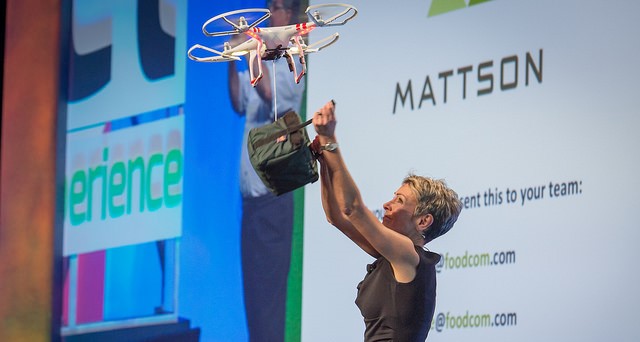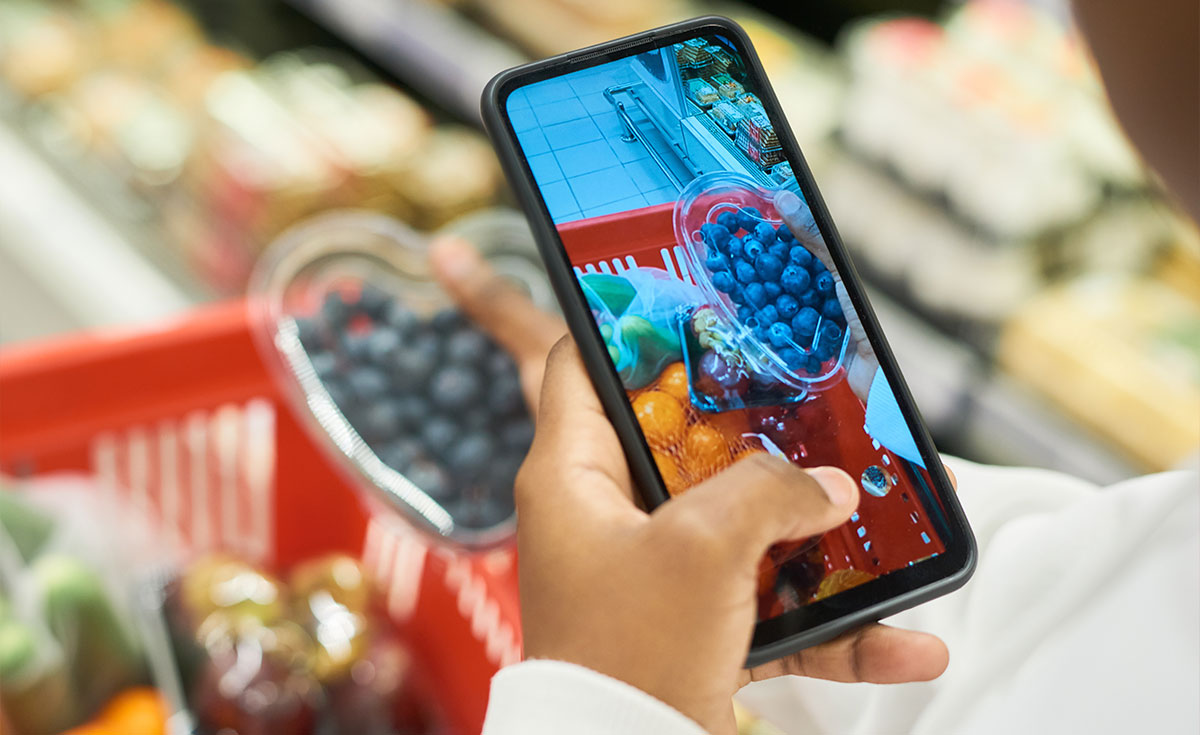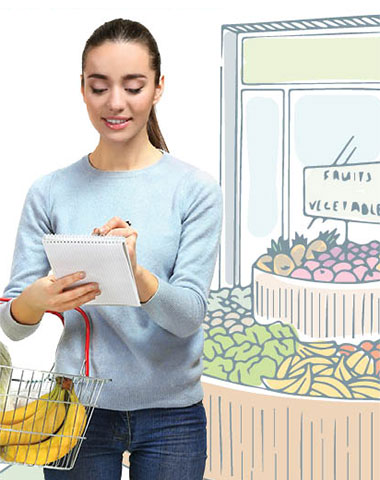Jun 25, 2014

By: Mark Baum, Senior Vice President for Industry Relations and Chief Collaboration Officer, Food Marketing Institute
During a session at FMI Connect, Mattson Executive Vice President of Marketing and Sales Barb Stuckey shared big innovations and trends on how the food industry is adapting to new technologies and ever-evolving customers.
Specifically, Stuckey said, one way to kick start big innovation within food retail is to focus on the simple question, “What’s for dinner?” Thinking about that question from the consumer’s perspective can lead retailers to big innovation, centering around five megatrends driving change among retailers and consumers, alike: direct-to-consumer; the breaking down of category silos; offering something different for everyone; looking at restaurants as manufacturers; and offering food that shoppers can “set and forget”.
A direct-to-consumer model allows companies to control the relationships they have with their customers. Since a major challenge for consumers is not having all the ingredients they need to prepare particular meals, services like Instacart and Google Express that bring food directly to the consumer are beginning to meet that challenge. This could potentially change the role of traditional grocers by making them more like distribution centers for those meal providers, and it dramatically changes the industry perspective and profile when one considers that a consumer may opt to never visit a grocery store.
As grocers begin to take on more of a distribution center role, Stuckey said it brings to light the breaking down of category silos. Shoppers tend more and more to shop by recipe and selling meal solutions is an opportunity for retailers, manufacturers and suppliers. Services like AmazonFresh are starting to use restaurants as manufacturers, sourcing products from them and further breaking down category silos. This could be an opportunity for retailers to think about in-store delis and bakeries and other departments as “manufacturers”.
Subscription services like Blue Apron, which provides consumers with a step-by-step recipe and all the ingredients needed to prepare it, are changing the landscape of food retail and catering to new consumer demands. Such services tend to source some of their ingredients or meals from restaurants, again putting eateries in the role of manufacturer. Retailers and suppliers can also participate in these types of services and take advantage of them for now, but Stuckey said that eventually some of these companies will likely start manufacturing their own products.
Stuckey suggests food retailers reimagine the frozen aisle in order to capitalize on the trend of providing consumers with meals, such as grouping meal ingredients together for easy meal creation. Stuckey also noted that delivery and subscription services offer retailers the opportunity to meet needs of the evolving consumer, citing Amazon’s Subscribe & Save as an example of letting shoppers “set it and forget it.”
Stuckey concluded that it comes down to big innovation on the part of food retailers – just as a drone flew in to deliver her breakfast on stage.


 Industry Topics address your specific area of expertise with resources, reports, events and more.
Industry Topics address your specific area of expertise with resources, reports, events and more.
 Our Research covers consumer behavior and retail operation benchmarks so you can make informed business decisions.
Our Research covers consumer behavior and retail operation benchmarks so you can make informed business decisions.
 Events and Education including online and in-person help you advance your food retail career.
Events and Education including online and in-person help you advance your food retail career.
 Food Safety training, resources and guidance that help you create a company food safety culture.
Food Safety training, resources and guidance that help you create a company food safety culture.
 Government Affairs work — federal and state — on the latest food industry policy, regulatory and legislative issues.
Government Affairs work — federal and state — on the latest food industry policy, regulatory and legislative issues.
 Get Involved. From industry awards to newsletters and committees, these resources help you take advantage of your membership.
Get Involved. From industry awards to newsletters and committees, these resources help you take advantage of your membership.
 Best practices, guidance documents, infographics, signage and more for the food industry on the COVID-19 pandemic.
Best practices, guidance documents, infographics, signage and more for the food industry on the COVID-19 pandemic.
